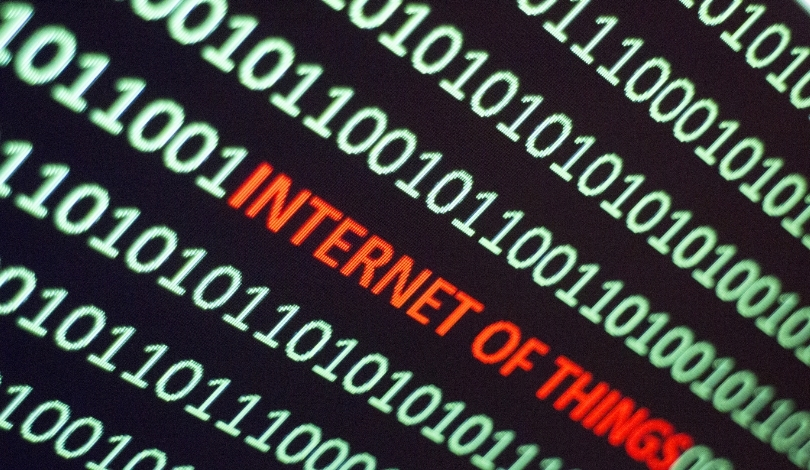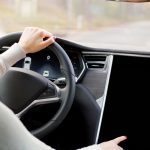The Low Earth Orbit (LEO) satellite industry is on the brink of unprecedented expansion, with projections indicating a substantial increase in active satellites over the next decade. This growth is fueled by heightened global investments and the entrance of numerous new players into the market. Technological advancements and strategic collaborations are expected to play pivotal roles in shaping the future landscape of space communications.
Recent data highlights a significant jump in LEO satellites, escalating from 7,473 active units in 2023 to an estimated 42,600 by 2032. This surge surpasses earlier forecasts, reflecting intensified efforts by major spacefaring nations and commercial entities alike.
Earlier reports on the LEO satellite sector presented a more gradual growth outlook, with lower projections for satellite numbers by 2032. The current estimate indicates a more dynamic expansion, likely influenced by increased competition, broader industry applications, and enhanced investment flows.
Global Investments Drive Expansion
China and Europe are leading the charge with substantial investments in the LEO satellite sector, integrating space technology into their national and commercial agendas. These regions are not only enhancing their space capabilities but also seeking to secure a competitive edge in global communications and defense.
“As we observe more competitors innovating their technologies and upgrading their satellite constellations to stay ahead in the space race, we anticipate a surge in commercial investment in satellite services and applications, including the Internet of Things (IoT), remote sensing, and global satellite communications. Additionally, advancements in real-time data processing and analysis, coupled with growing competition in value-added services such as Artificial Intelligence (AI) and edge processing, will spur increased applications in the Earth observation industry. These factors are expected to drive significant growth in the LEO satellite market in the coming decade,” explains Rachel Kong, Research Analyst at ABI Research.
Technological Innovations Propel Market Growth
Advancements in real-time data processing, Artificial Intelligence (AI), and edge computing are critical in expanding the applications of LEO satellites. Companies such as AWS, Spire Global, Telesat Lightspeed, D-Orbit, Anduril, and Ubotica are at the forefront, developing systems that leverage these technologies to enhance satellite network performance and service offerings.
Opportunities in Emerging Markets
“To capitalize on the growing opportunity in the satellite market, it is essential for ecosystem players to recognize the potential in emerging markets such as Asia-Pacific, Southeast Asia, and Africa,”
“These regions offer vast untapped opportunities, though a lack of investment and regulatory barriers currently limits them. Moving forward, it will be crucial to collaborate with local governments and ecosystem players to align regulatory policies, expand broadband access, and strengthen digital infrastructure.”
Emerging regions like Asia-Pacific, Southeast Asia, and Africa present significant growth opportunities for the LEO satellite market. Despite current challenges related to investment and regulatory frameworks, these areas hold vast untapped potential that could be realized through strategic partnerships and infrastructure development.
Integrating AI and edge processing into satellite networks not only enhances data analysis capabilities but also supports real-time applications that are crucial for sectors like remote sensing and global communications. This integration is expected to lead to more resilient and efficient satellite operations, addressing the evolving needs of both national security and commercial enterprises.
To achieve sustainable growth, stakeholders must focus on overcoming regulatory hurdles and fostering collaborations that align technological advancements with market demands. Strengthening digital infrastructure and expanding broadband access will be essential in maximizing the benefits that the expanding LEO satellite network can offer.










